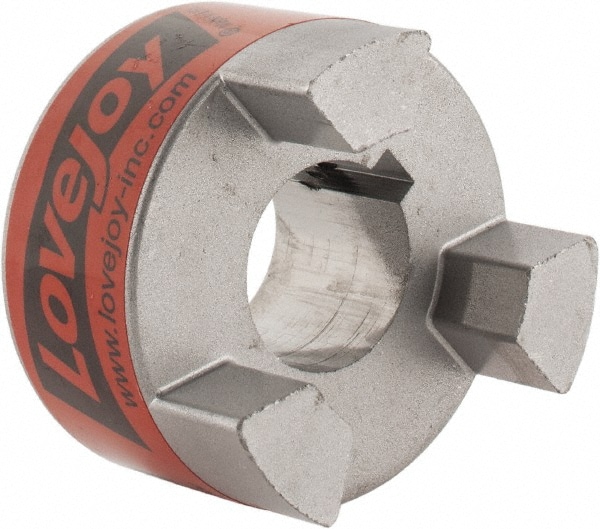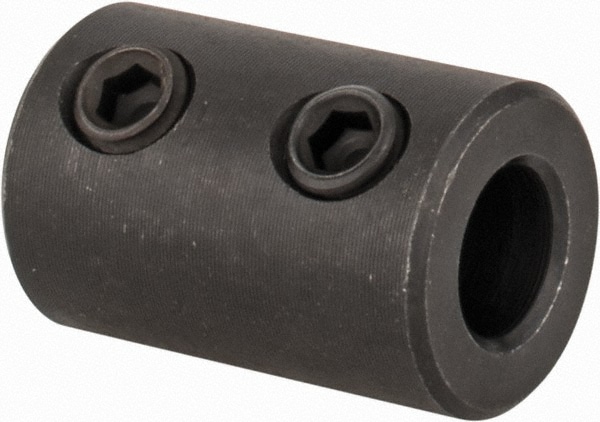 Couplers transmit force; an example is connecting a motor to a gearbox or a gearbox to an axle or an axle to a wheel. Each device needs a way to connect to the other. The rotating part of a motor is the shaft and different motors have shafts of different shapes and sizes; to connect something to a motor, you'll need the appropriate coupler.
Couplers transmit force; an example is connecting a motor to a gearbox or a gearbox to an axle or an axle to a wheel. Each device needs a way to connect to the other. The rotating part of a motor is the shaft and different motors have shafts of different shapes and sizes; to connect something to a motor, you'll need the appropriate coupler.
Couplers attach to motors using several methods; some use set-screws  that are tightened down on the motor shaft and use friction to hold the coupler to the motor. Some motors have a flat on one or more surface of the shaft so that once tightened down, the set screw can't slip as the shaft rotates. Other motors use a 'keyway' into which a key can be inserted that mechanically couples the slot in the shaft with a slot in the coupler.
that are tightened down on the motor shaft and use friction to hold the coupler to the motor. Some motors have a flat on one or more surface of the shaft so that once tightened down, the set screw can't slip as the shaft rotates. Other motors use a 'keyway' into which a key can be inserted that mechanically couples the slot in the shaft with a slot in the coupler.
There are many off-the-shelf hubs that are designed to connect rotating things. Gears and sprockets are also commonly mounted to rotating shafts and used to transmit force (via other gears or a chain). In all cases, the goal is to get the force generated by a motor to the mechanism that should be moving (wheels, arms, etc.).
For lighter loads, you can make 3D-printed couplers; you can find all sorts of useful pre-designed parts by searching for FRC on thingverse.com
- The Denso window motor can be coupled using:
- to a 1/2" keyed shaft using this coupler
- to an off-the-shelf hub using this coupler
- The Denso throttle motor can be coupled using:
